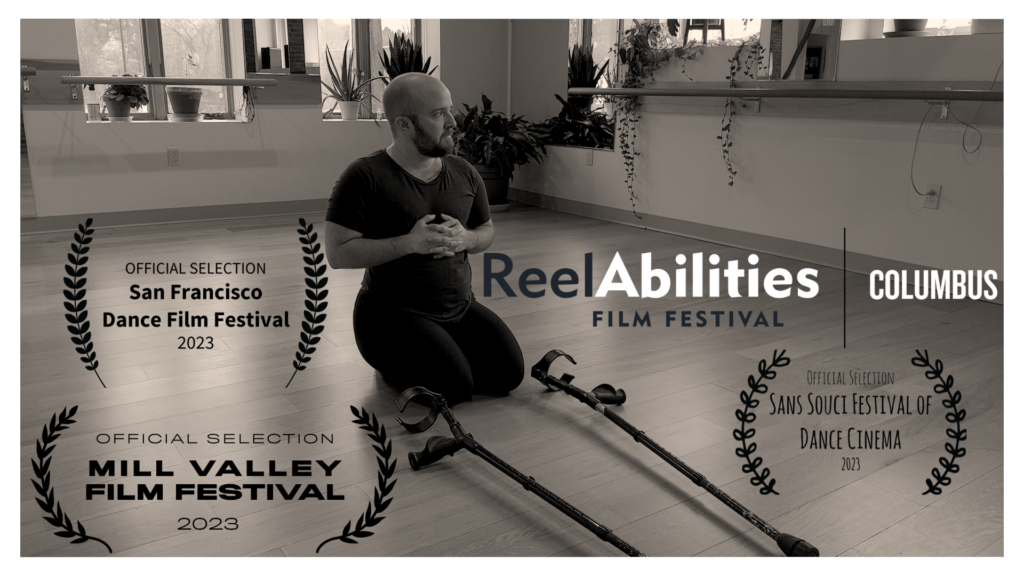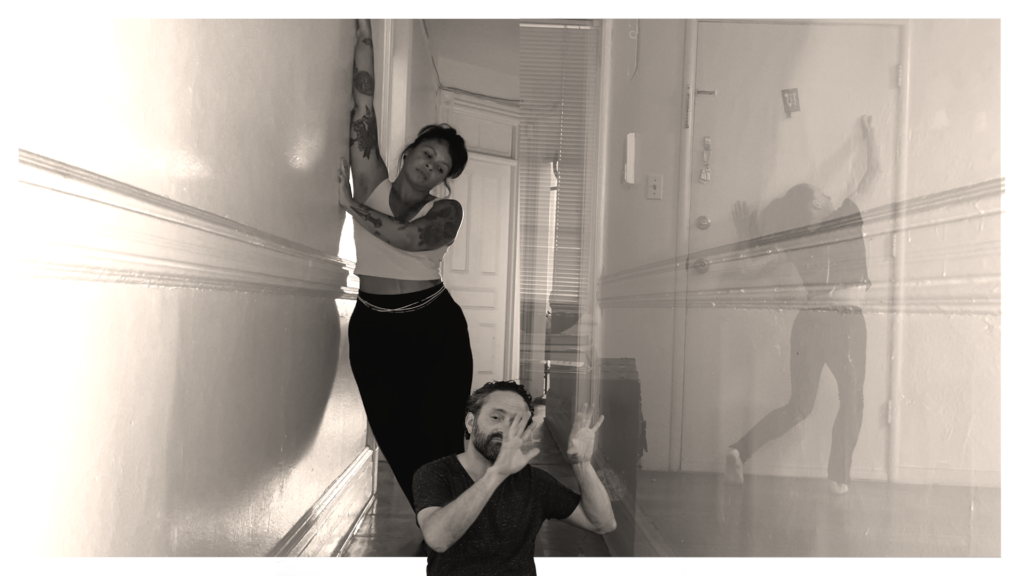Telephone in the New York times!

Shown across the country including Lincoln Center, New York University, Pacific Northwest Ballet, Mill Valley Film Festival, Carnegie Mellon University, New Museum Los Gatos and more!
“Recent experiments in describing dance, like the film Telephone, approach it not just as an accessibility service but as a space for artistic exploration… Resisting rote description, the film seeks to give anyone, with any level of sight, a rich sensory experience while ruminating on themes like the purpose of performance and the universal necessity of art.”
– Siobhan Burke
Dance Writer, New York Times
“Telephone is an extraordinary and groundbreaking film, an unexpected exploration of the artful practice of audio description to describe dance, welcoming blind and low-vision audiences — as well as all so many others — into the dance world through this innovative project. This remarkable documentary powerfully demonstrates how audio description is far more than an access tool; it enhances the experience of dance in ways that are long overdue. Telephone is transformative!”
-Faye Ginsburg
Director, NYU Center for Media, Culture and History
Co-Founder, NYU Center for Disability Studies
Telephone… “is such a bouquet of emotions happening all at once. A piece of art that gives you so much in each moment, you simply want to burst out of your seat as an audience member. So many parallels going on to complement each other, this is truly a magical and fun movie of dance…”
– Natalie Schultz-Kahwaty
PhD, Director of the Rutgers Dance for Parkinson’s and Neuromuscular Conditions
Assistant Director of the Integrated Dance Collaboratory (IDC) at Rutgers University

The first of its kind, Telephone is a documentary screendance film bringing awareness to the important art form of audio description (AD) for dance. Audio description allows blind and visually impaired people to be included fully in the joy of artistic expression.
Co-directed by Dark Room Ballet founder Krishna Washburn and choreographer/filmmaker Heather Shaw, Telephone is the first screendance documentary created specifically with a blind and visually impaired audience in mind, while facilitating an immersive sensory experience for audience members of all sight levels.
Initiated in the early days of the global pandemic in 2020, the film features diverse disabled and non-disabled artists from across the globe, demystifying and legitimizing AD, not just as an access tool, but as a beautiful, rich art form in its own right.
Telephone is at the forefront of a completely new approach to audio description. Most of what is considered “best practice” for AD is meant for television or film. A neutral AD voice describes the visuals and does not express emotional content. In television and film, the performers’ voices (layered over the AD) inform the audience of the emotional themes. However, in dance, performers rarely speak. Is the neutral AD voice really the best choice for dance? How do those listening to the AD connect with the emotional content of the performance?
The audio describers of Telephone are reshaping the world’s perception of AD, adding emotional context and allowing their words to dance in the same way a dancer’s body moves. The result is a beautiful merge of poetry and movement, proving that:
Dance is visceral – not merely visual.
Telephone Film
Telephonefilm.com is designed with full accessibility in mind. In the event that you experience any accessibility issues on our site, please reach out to telephone.ad.game@gmail.com.
For trailer credits and an expanded video description, please see here.
For a transcript of the first five minutes of the New York Times audio introduction, please see here (or email us for a PDF version).